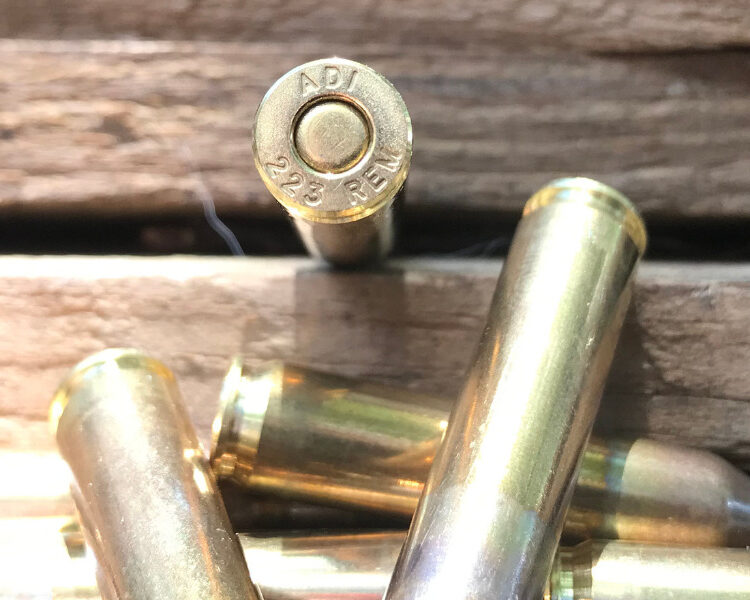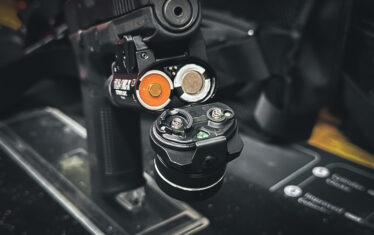When it comes to ammunition, there have been more than a few experiments over the years. For the most part, the cartridges themselves have mostly stayed the same, and there is a good reason for that. There are outliers, as with anything like this, but Rimfire and Centerfire have reigned supreme for quite some time.
They weren’t always the juggernauts they are today; they’ve come a long way since 1845 and about 1810, respectively. From the ever-classic .22LR to much larger calibers, they’ve both been instrumental to the development of firearms and the culture surrounding them. Despite all the changes and advancements made over the years, people always return to basics.
With both options readily available on the market, why should you use one over the other? Let’s dive into the nitty-gritty and find out why Centerfire and Rimfire still manage to reign supreme after all these years.
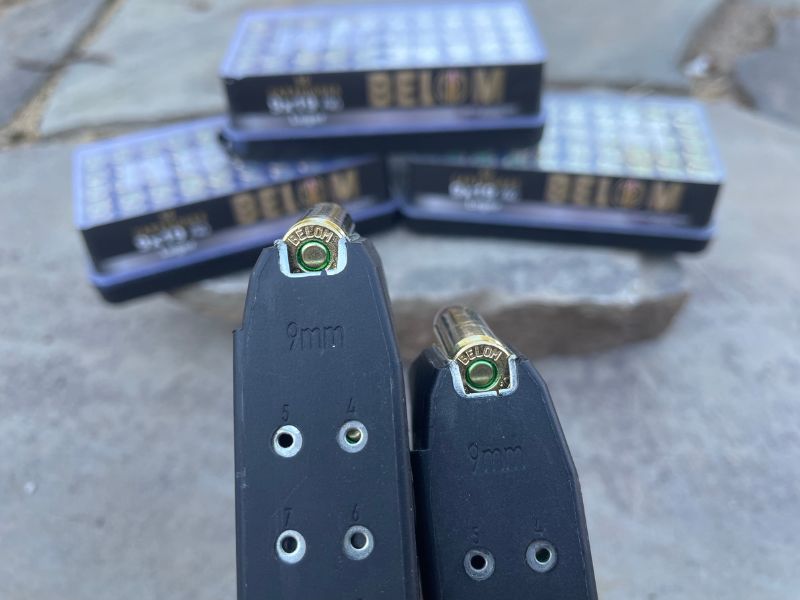
The Prime(r) Question
Picture this: every bullet, cartridge, and freedom seed is a little self-contained engine. The primer is the facilitator for all of it; it’s the ignition switch.
Think back to the era of muskets — shooters had to manually load powder into the muzzle and place some explosive ‘priming powder’ in a firing pan. The primer revolutionized firearms because it tucked that explosion into the cartridge.
Modern primers still contain sensitive chemical compounds, but they’re designed with safety in mind and are often much more specialized. Now, how that switch gets flipped ultimately defines a round as Rimfire or Centerfire.
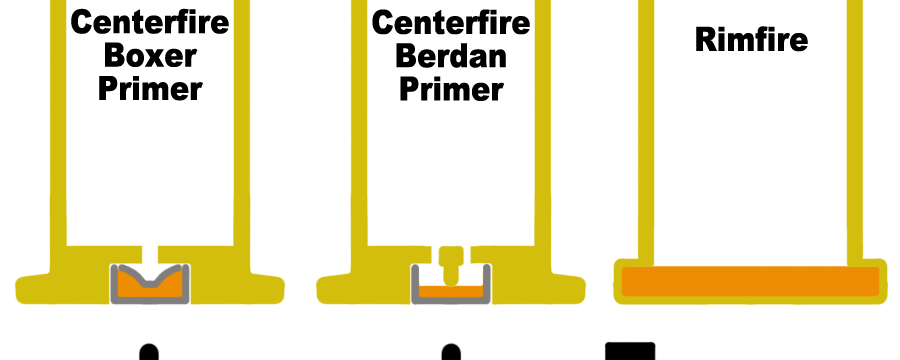
Rimfire: Modest & Mighty Munitions
Think of a rimfire cartridge like a miniature party popper; just don’t let these off at New Year’s, please. A Rimfire is a thin base with a ring of the priming compound we discussed earlier tucked along the inside of the rim of the case head or the back of the bullet.
When the firing pin in your favorite plinker strikes the rim, it crushes this compound. The crushed compound produces a spark, igniting the main gunpowder charge. Just like that, one trigger pull, and you’re planting your freedom seeds down range.
This streamlined design is why rimfire ammo is generally so affordable and straightforward to manufacture.
Centerfire: The Center of Attention
Centerfire cartridges take a more complicated but robust approach to the primer. So, instead of a mini party popper, it’s more like a cup sitting right in the middle of the bullet’s base. That little cup has its own ignition compound protected inside, so it doesn’t mix with the main firing power. The firing pin strikes the center of the primer and goes through a small hole to reach the primary gunpowder.
The idea is that the design enhances the reliability of the explosion and prepares the ground for much higher pressures. One of the more significant issues with Rimfire as a design is that it causes issues with the case head’s structural integrity and messes with the ballistics. So Centerfire solves that by… well, putting it in the center? It’s pretty simple when you think about it like that, huh?
When Size Matters
Picking the correct ammunition is crucial; it’s not just bragging rights. Also, get your mind out of the gutter! It’s about more than just power, too; it’s about finding the perfect tool for the task. Let’s see where rimfire and centerfire shine:
Rimfire Territory
If noise and your wallet are concerns and you’re looking for solutions, chances are you’re wandering into Rimfire country.
One of the most popular calibers in history happens to be a rimfire, and I believe it exemplifies what makes Rimfire so great. That renowned round is the .22. The .22 is a perfect example of everything that makes Rimfire great.

The first major benefit you’ll encounter is that Rimfire is often much more cost-effective. Its simple design and ability to be mass-produced keep its price so low. More bullets mean more time on the range to improve.
The next significant benefit, which is a selling point for many people, is its lower recoil. One of the stressors that many first-time shooters have when they’re getting into firearms, even as a hobby, is the perceived notion of a substantial amount of recoil. So .22 offers an in for folks who need time to adjust and get comfortable.
Unfortunately, the Rimfires’ strengths are also their weaknesses. One downside of their more straightforward design philosophy is that the rounds of the rimfire family tend to be smaller. Because of how the primer works, it tends to be less structurally sound than a centerfire, so it can handle less power than a more complicated and sturdy centerfire.
Centerfire Country
While Rimfire excels at what it does best — affordability, accessibility, and availability — Centerfire steps up to the plate where Rimfire drops off. Centerfire ammunition, in general, is often much more powerful and versatile just by how it’s constructed.
There is a centerfire round for just about every occasion, from self-defense with compact handguns to precision shots at a distance with rifles. Some well-known examples are .45 ACP, .44 Magnum, 9mm, .223 Rem, and .308 Winchester.
Honestly, most of the calibers you can probably think of are Centerfire.
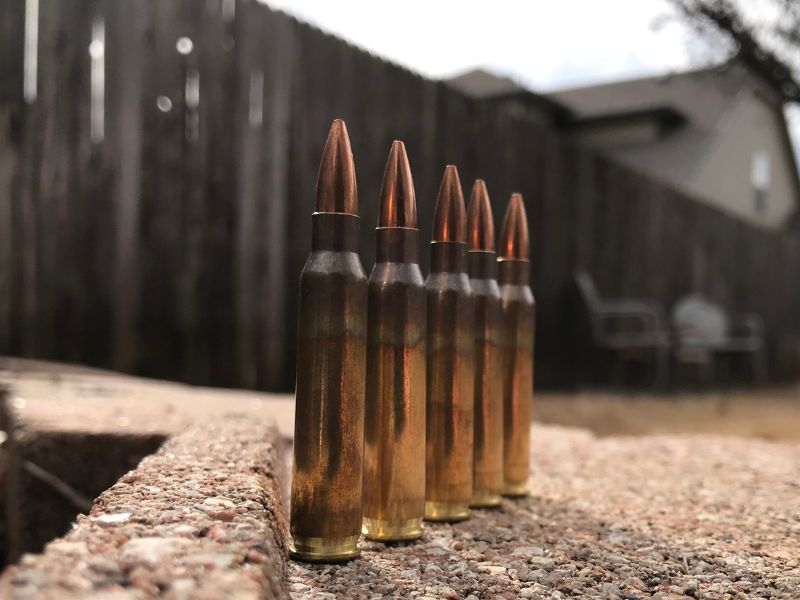
Another significant advantage of centerfire ammunition is reloadability because of how the primers are constructed. Even though Rimfire may run less expensive, the more dedicated reloading enthusiast may win out on price in the long run.
Plus, for the particularly ballistically nerdy folks, you can tailor your reloads to be precisely how you like them. But if you’re not into that sort of thing, the more complex manufacturing and design of Centerfire will cost you in the long run.
What should we take away?
Ultimately, there really isn’t any clear-cut winner; you should choose the right ammo for the job. Sure, some tools can do many jobs, but when it comes down to the nitty-gritty, if you can pick which tool for the job, you will want to pick the one most suited for it.
But there is more to unpack here. A cartridge isn’t just about what’s inside; the case itself is a considerable portion of how well a round performs.
Building for Simplicity — Strength in Center
Rimfire cases have to be constructed with thin walls, as the firing pin needs to crush the rim to ignite the primer. As we discussed previously, this is why they can be so cheap. The rim itself becomes a structural weak point. These factors are what specifically limit Rimfire to smaller, lower-pressure rounds since pushing the limits poses significant safety risks.
Centerfire, as we’ve talked about, is much more robust. Thicker walls and a dedicated primer at the base allow them to withstand much higher internal pressures. This unlocks the door to larger calibers and, more precisely, tailors centerfire cases and loads for specific purposes, creating specialized rounds for everything from precision target shooting to big game hunting.
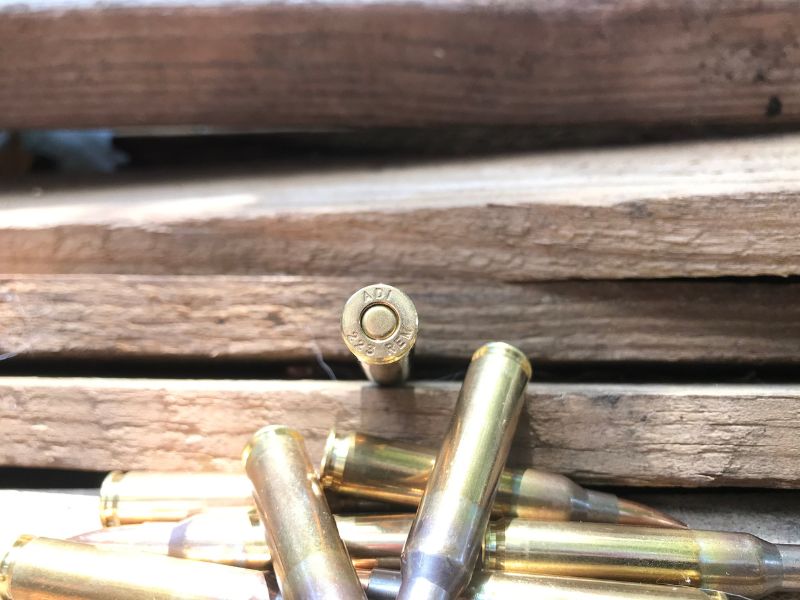
Rimfire vs. Centerfire: Which One Is For You?
Choosing between Rimfire and Centerfire can be frustrating. Let’s break down the key factors to guide you in the right direction:
Intended Use
- Plinking and Casual Shooting: If you’re looking for affordable range fun, Rimfire is the clear winner.
- Hunting: Small varmints might be fair targets for Rimfire. However, anything larger calls for the power and reliability of Centerfire.
- Self-Defense: Power and dependability are non-negotiable when your well-being is on the line; this is often centerfire territory.
Budget & Recoil
- Tight Budget or Recoil Concerns: Rimfire’s lower price and minimal recoil make it ideal for budget-focused or new shooters.
- Skill Building and Reloading: Centerfire can partially offset costs through reloading if you’re okay with investing the time into the equipment and time.
Consider your primary goals, budget, and experience level. Often, a mix of both rimfire and centerfire firearms can be the best answer — especially if you can get your hands on, say, .22 versions of your “larger” blaster. Cheap training is much better than no training at all.
Plus, there is rarely ever a one-size-fits-all firearm. We can get close, but it’s a never-ending quest. Just ensure you understand why these different types of ammo behave so you know what you’re getting into and don’t unnecessarily waste your hard-earned money.





